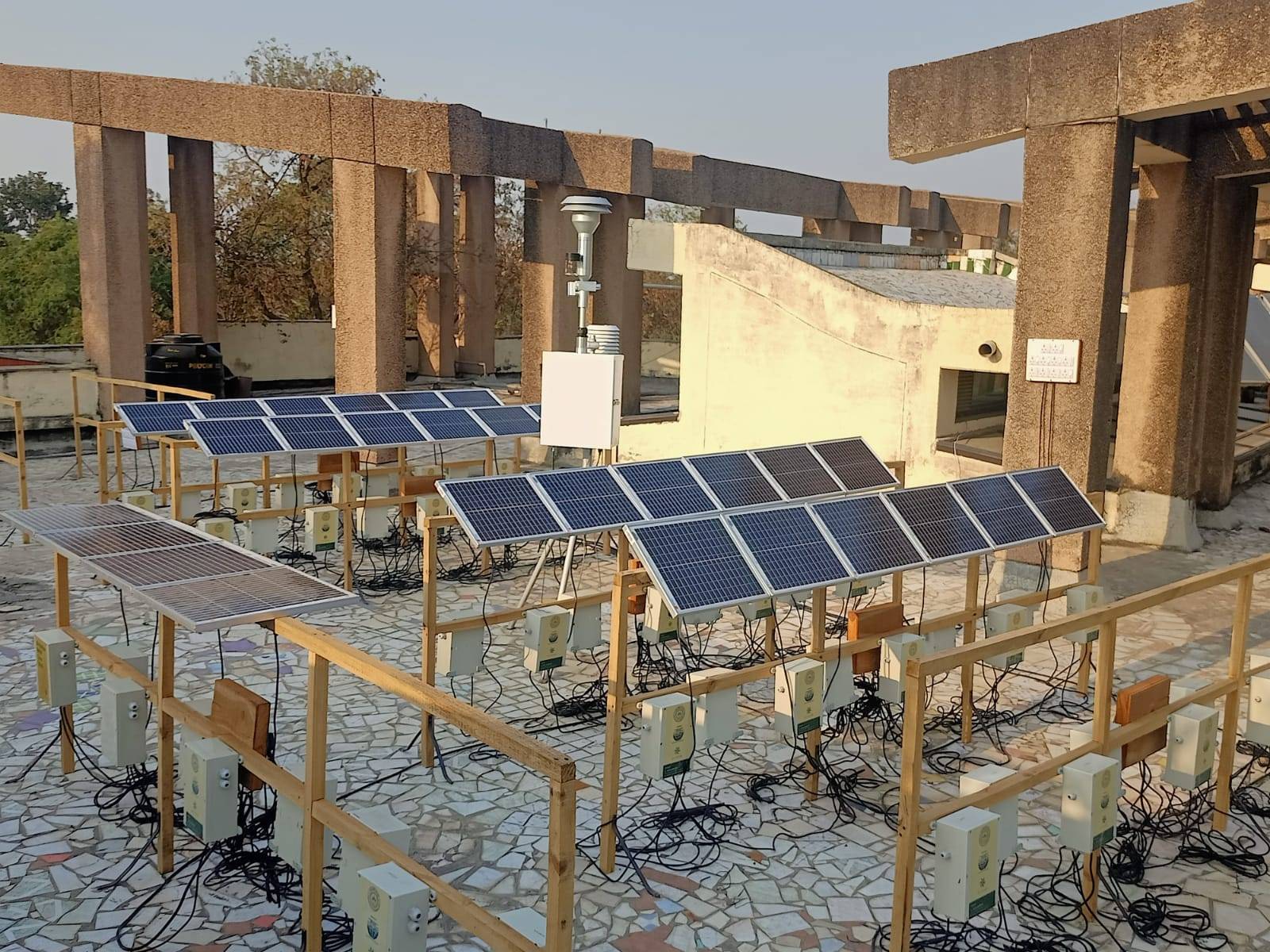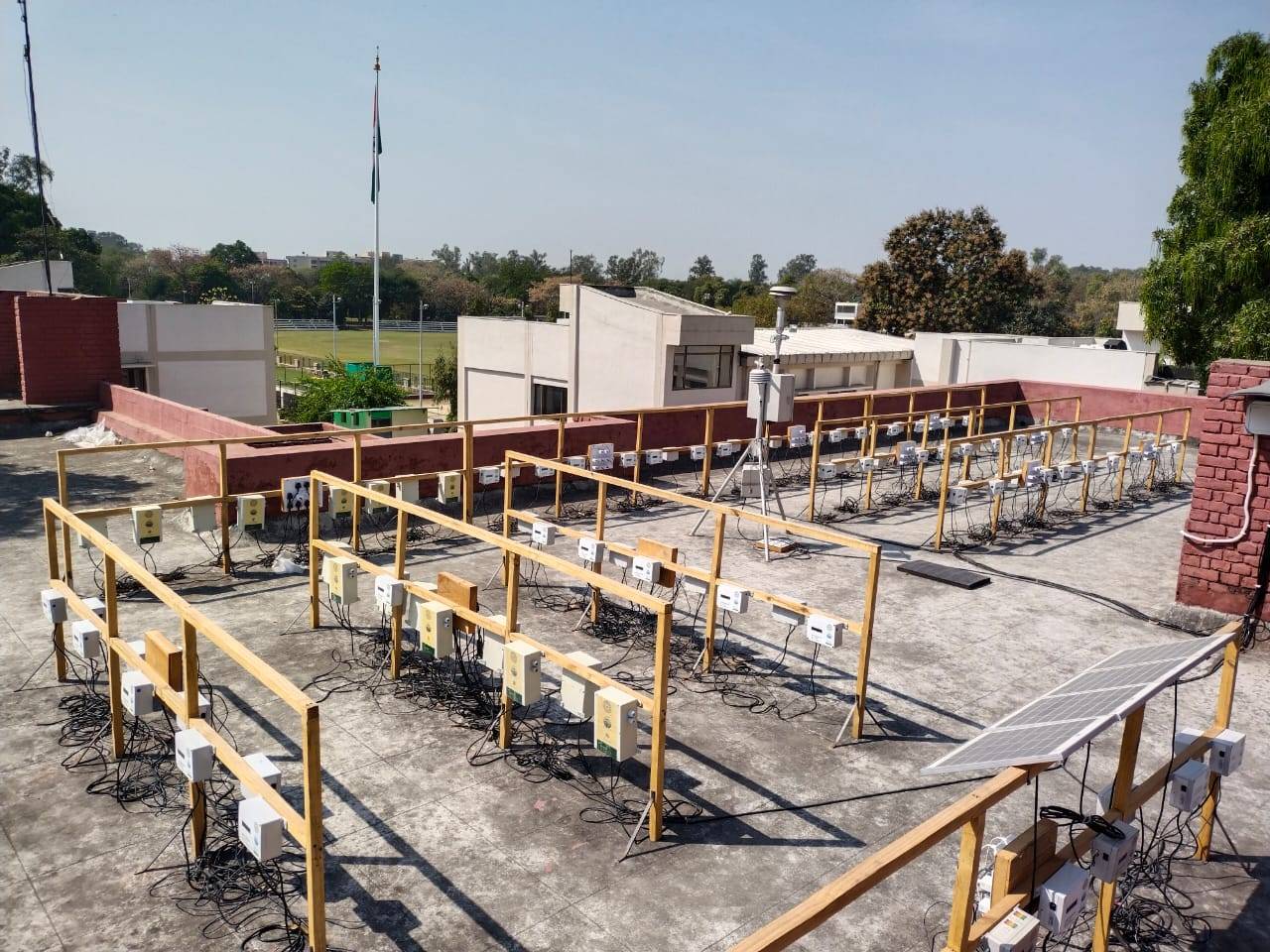Ambient air quality Monitoring over Rural areas using Indigenous Technology (AMRIT)
The air pollution is an environmental threat which causes mortality more than a million people in India every year as per the Disease Burden India report. The ambient air quality over India is a grand challenge to meeting the National Ambient Air Quality Standards (NAAQS).
In this direction, Government of India has taken initiative and launched a National Clean Air Programme (NCAP) to implement the air quality policies across the country. Presently, the Central Pollution Control Board (CPCB) is monitoring air quality over all states using continuous ambient air quality monitoring stations (CAAQMS) which is mostly located in urban India. However, we have plenty of knowledge about urban air quality over India while we do not have any or very limited knowledge of rural India air quality. Hence, it is very essential to monitor the air quality over rural India for better air quality polices to mitigate the impact of air pollution.
The Government of India approved a project titled as “Ambient air quality monitoring over Rural areas using Indigenous Technology (AMRIT)” which is funded by Open Philanthropy. The AMRIT aims to monitor air quality over rural area across the Indian states for better air quality policy. The project is sanctioned for a period of three years. In the first phase, AMRIT has chosen two Indo-Gangetic Plain (IGP) states (Bihar and Uttar Pradesh) which are high polluted and populated.
1. Deployment of state-of-the art Sensor Ambient Air Quality Monitor (SAAQM) network for rural air quality monitoring.
2. Optimization of SAAQM network for different environments and evaluate the difference between rural and urban air quality of India
3. The proposed large network of SAAQM data will also be used to create micro airsheds within the different states so that the air quality at the district level can be effectively managed by understanding the contribution from the different sources within the micro airshed (i.e., industries, vehicles etc.) and also sources within the larger airshed.
4. Comparing data with emission inventories, source attribution analysis and pollution models over different states.
5. Develop novel tools for data mining, network calibration, data visualizations and interpretation.
6. Help demarcate rural regions to understand how much rural air pollution can be attributed to local sources vs. nearby urban cluster of any states.
7. Enable awareness and education programs on air pollution and health for rural areas of Indian States.
8. Establishing the rural air quality data for science studies and policy development for rural air quality management.








